Above: Courtesy of NPS
“The spirit of Wanting-to-know is making itself felt in all of the parks. Call it the educational movement, the museum movement, the nature guide movement, or what you will — it exists because it is based upon the need that is being felt by the multitudes. … It is in Yosemite that the National Park Service has concentrated its efforts to provide the visitor with a satisfaction far deeper than that which arises from mere sightseeing.”
— Ansel F. Hall, National Park Service Chief Naturalist, in Yosemite Nature Notes Vol. 4.1 (Jan. 1925)
1920: Stephen T. Mather, the first director of the newly formed National Park Service, called for “early establishment of adequate museums in every one of our parks.”
1926: The Yosemite Museum opened its doors to public for the first time on May 29, 10 years after the creation of NPS.
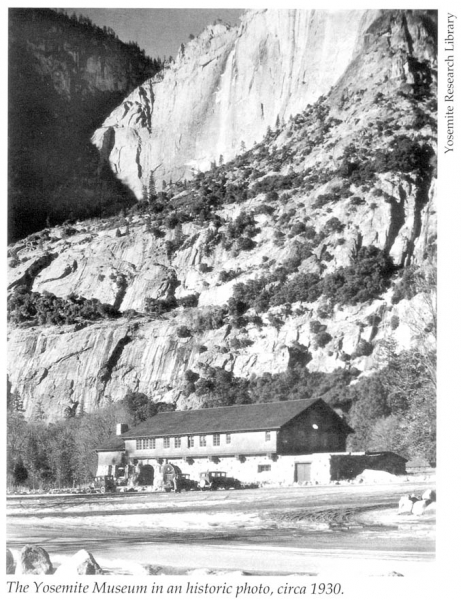
2016: May 31 marked the opening night of “Why Yosemite Collects: 90 years, 90 objects, 90 stories,” a special exhibit our donors are supporting to celebrate the museum’s nonagenarian milestone.
- The first building constructed as a museum in a national park.
- The first nonprofit cooperating association in the national park system (the Yosemite Museum Association, which lives on today as Yosemite Conservancy).
- The first national park field school, established to train aspiring naturalists.
Ninety years later, the museum is home to one of the largest and most diverse collections in the national park system, with a rich array of artifacts documenting the natural and cultural history of the Yosemite area. (Many of those materials are finding new life in the digital age, too: Thanks to support from our donors, staff and interns are creating a web gallery to showcase digital versions of artifacts.) 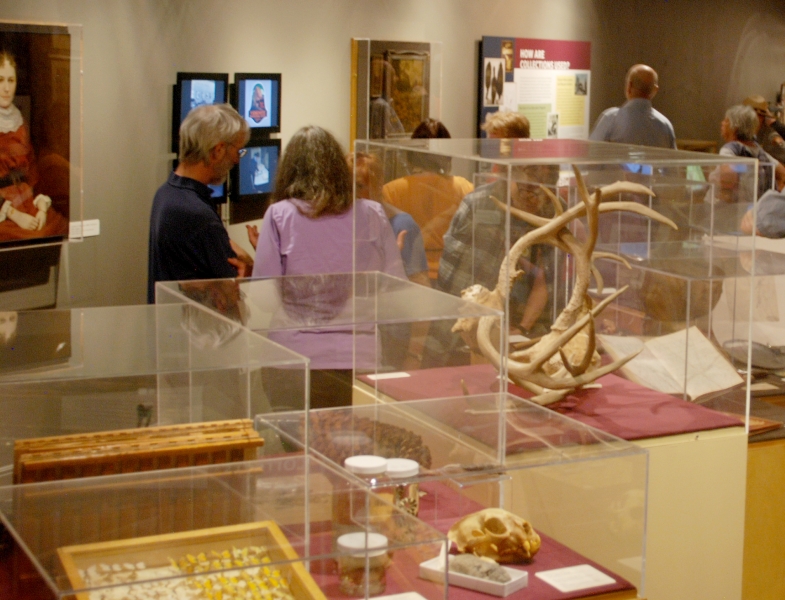
In spring 2016, park staff put the finishing touches on the exhibit, which ran through Nov. 1, 2016. The exhibit featured a wide variety of items from the collections, including preserved wildlife, plant specimens, artwork and books, as well as panels that trace the history of the museum and the Conservancy’s role as an early park partner.
The exhibit also included an interactive display where you can identify your favorite items. Here’s a small glimpse at some of the artifacts from the collection!
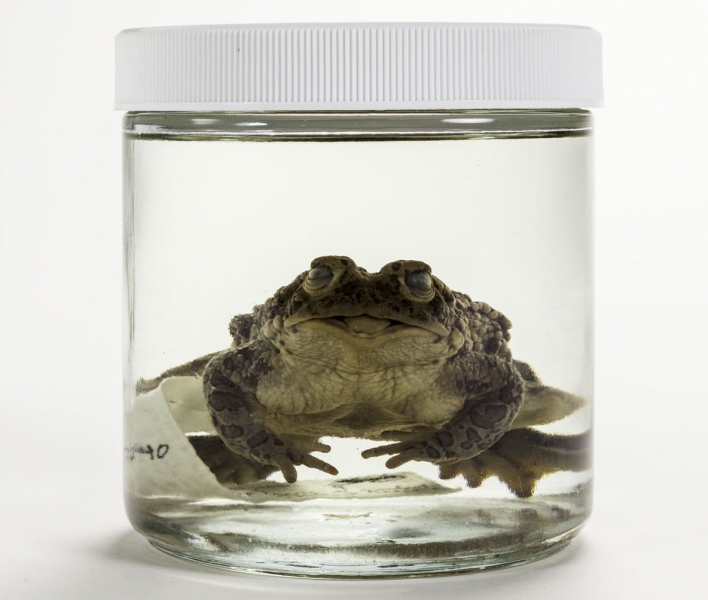
Artifact: An antique amphibian
The Yosemite toad is one of three amphibian species in the park endemic to the Sierra Nevada. Thanks to our donors, efforts to restore prime toad habitat in places such as Lyell Canyon could help support the recovery of this species, whose populations have declined by at least half. This preserved specimen was collected in 1933.
Elsewhere in the park, scientists are working to save two other threatened amphibian species: the Sierra Nevada yellow-legged frog and California red-legged frog.
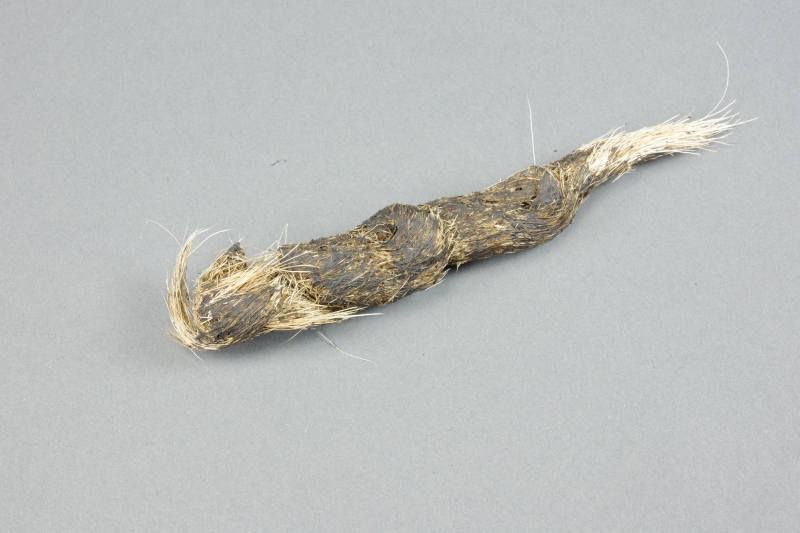
Artifact: Elusive excrement
What’s that? Wolverine scat! The wolverine is designated as “California Threatened”: likely to become endangered in the state within the forseeable future. These nocturnal animals, which look like small bears, have disappeared from nearly half their range in North America. Droppings might not be lovely to look at, but they’re full of scientific information, including clues to an animal’s diet and genetic makeup. This year, with support from our donors, scientists in Yosemite are using scat, hair samples and remote cameras to study another elusive mammal: the Sierra Nevada red fox.
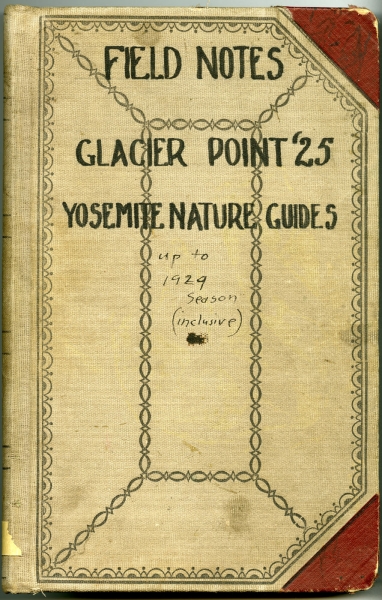
Artifact: Field Notes journal
If you’ve been up to Glacier Point, the classic overlook on the south rim of Yosemite Valley, you’ve probably seen a small stone building. That’s the Geology Hut, built in the 1920s as the first trailside “museum” in a national park. The Field Notes journal was kept by the “Nature Guides” who served at the hut and shared their naturalist expertise with the public. Those guides represented another NPS first: The first official interpreters in the national park system.
Since those early forays into “interpreting” Yosemite’s resources and history, skilled rangers and naturalists have helped generations of visitors forge a deeper connection to the park. Want to be part of that robust tradition of learning? Discover grants you can support to provide enriching educational services in the park, and join our expert naturalists for guided hikes, bird-watching workshops and more.
Artifact: A piece of our past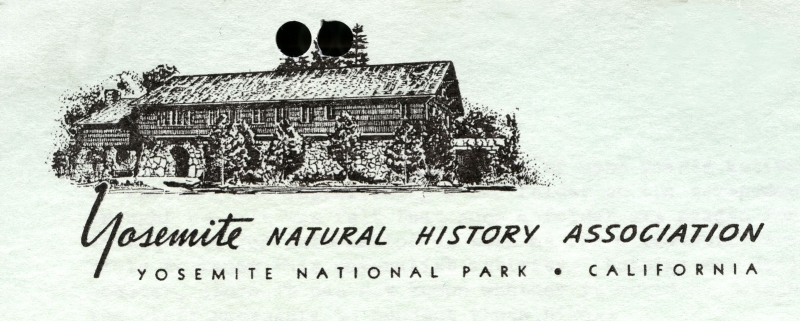
As construction kicked off on the museum and its smaller cousin, the Glacier Point Geology Hut, the Yosemite Museum Association got an expanded role and a new name: the Yosemite Natural History Association. Over the next six decades, the YNHA worked in partnership with the NPS to offer interpretive programs, train naturalists, launch art and theater programs, publish books and produce the Yosemite Nature Notes periodical (the ancestor of today’s popular video series).
The YNHA later evolved again, and eventually became Yosemite Conservancy. The long-running legacy of collaboration and support anchored in that rustic building near Yosemite Falls continues to thrive, nine decades later.
Didn’t make it to the exhibit? Stop by the museum anytime to browse current items on display, keep an eye out for updates about the new online museum resources, and check out our selection of books on Yosemite’s history!

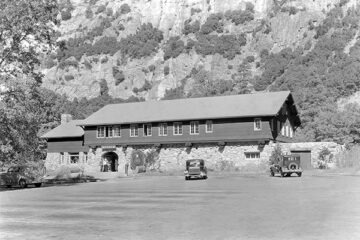

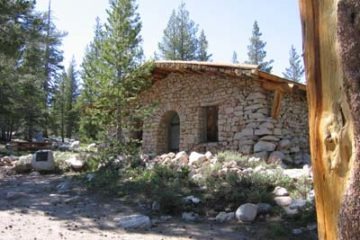
2 thoughts on “A Trip Down the Museum’s Memory Lane”
Comments are closed.